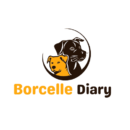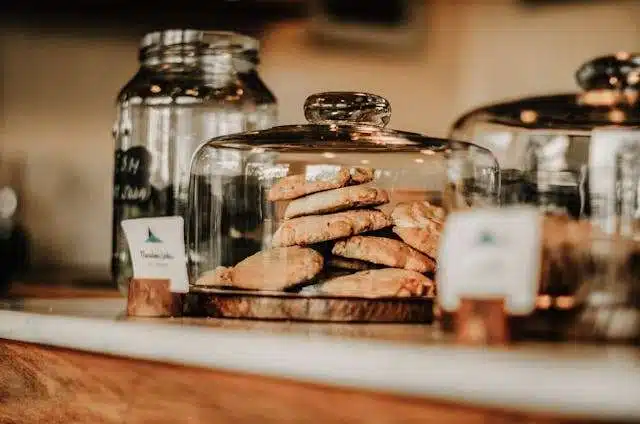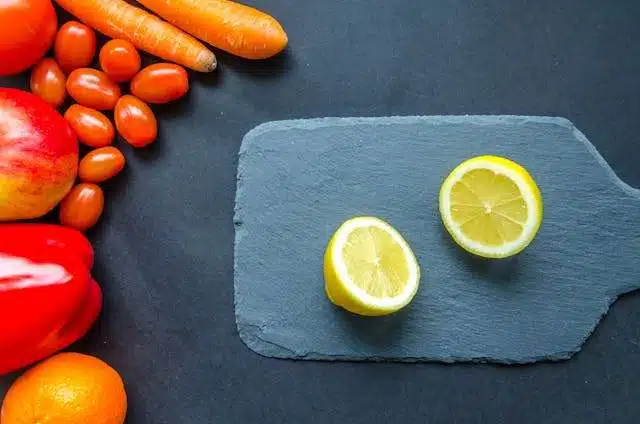When you are taking care of your dog, there are a variety of things that you should keep in mind. But one of the most crucial factors that is often overlooked is how you store your dog’s food. By properly storing your dog’s food, you will not only preserve its nutritional quality, but you will also prevent potential health risks. In this article, we’re going to talk about what to keep in mind when storing your dog’s food.
Table of Contents
ToggleWhere To Store Your Dog’s Food
First, let’s talk about where you’re storing your dog’s food. Whether you have one dog or a multi-dog household, many people choose to stock up on dog food. A lot of people may want to buy three or four bags at a time, but the question arises: When you get home, where are you putting all this food? While the garage might seem like a convenient place for storage, it’s not really the best place for food products. This is because garages are often exposed to changing temperatures, humidity, and even pests.
Dramatic changes in temperature, whether too hot or too cold, can impact the quality of the food and actually reduce its nutritional value. Choose to store your dog’s food in a cool, dry, and temperature-controlled area. My recommendation for dog food storage is to keep it in your pantry with your other dry food products. Your kitchen is a great place to store your dog’s food because it’s temperature-controlled and generally dry and clean.
Avoid Leaving Your Dog Food Open And Unsealed
Once you find a suitable spot to store your dog food, the next mistake you want to avoid is leaving it unsealed. And this can happen sometimes if you’re in a rush and you just want to scoop your dog’s food out and go on with your day. But leaving dry dog food out that’s exposed to air can lead to oxidation. And over time, this can not only degrade its nutritional value but also leave it exposed to bugs that can get into your dog’s food. And the last thing you want to deal with is when you go to feed your dog, that there’s an ant party going on in their food. It can be tricky to know how to handle your dog’s food bag because most bags are not resealable.
Using an Airtight Container
So how do you store your dog’s dry food and keep it from being exposed to air? The best thing you can do is to keep your dog’s food in an airtight container. What you don’t want to do is to pour your dog’s kibble directly into that container. After you cut open the bag, take the entire bag and put that into an airtight container. And the reason we like to keep the kibble in its original bag is that that bag was specifically designed to protect the kibble. And if you look closely at your dog’s food bags, they’re specifically designed with material to keep out light, moisture, and air. Throughout the manufacturing process, there are strict quality control measures that are specific just to your dog’s bag. By keeping the food in its original bag, you’re reducing the chances of contamination from other surfaces or substances.
Importance of Keeping Out Moisture
Moisture is also something that’s super important to keep out of your dog’s food. Moisture can leave your dog’s food prone to mold growth, which can actually be toxic and even fatal in some cases. And one last benefit you may not have thought about when it comes to the original packaging of your dog’s food is that it helps preserve the flavors and the scent of your dog’s food. Leaving the bag of food open and exposed to air will gradually reduce those qualities over time. This can especially impact those picky eaters who rely on the aroma of the dog food to stimulate their appetite.
Topping off Your Container
Another common mistake that I see is people who top off their kibble containers. It might seem efficient to just add a new bag of kibble into your almost empty container, but this can lead to the old food at the bottom of the container becoming stale or even contaminated. Make sure to finish the existing food before refilling the container to ensure freshness.
Don’t Ignore The Expiration Date
With some human foods, we may stretch out the expiration date, but with dog foods, the expiration date should never be ignored. This date on the dog food bag is provided by the manufacturer to indicate the point beyond which the food may no longer be safe for consumption. Following the expiration date helps ensure that your dog is getting the proper nutrients they need from their food. And consuming food past its expiration date might mean that your dog isn’t receiving the optimal nutrition. One thing you could notice is that if the food has gone stale, your dog may be less into eating it or refuse to eat it altogether. So if you notice this happening, just take a look at the expiration date on your dog’s food to see if that may be the reason why they’re refusing to eat.
Washing Your Dog’s Bowls
In addition to properly storing your dog’s food bag, most people also fail to wash their dog’s food bowls on a daily basis, even when they remember to store them properly. If you have ever handled your dog’s bowl after they have eaten, or if you have felt your hands after your dog has licked you, you will notice that kind of slimy texture of their saliva. This is called biofilm, and it’s actually the bacteria that live in your dog’s mouth and tongue. So when you don’t wash your dog’s bowl, that bacteria can cause a buildup of contaminants over time. Regular washing of your dog bowls can help prevent harmful pathogens that can make your dog sick. A clean bowl also can help contribute to better dental health. Sometimes, just refilling your dog’s water bowl when it’s empty can also cause that bacteria to build up and make your dog sick. So as a gold standard of care, my recommendation is to wash your dog’s food and water bowls every day just like you would with your own.
Always Inspect New Bags of Food
So as I mentioned earlier, mold growth in your dog’s food can be extremely dangerous, and this mold growth and buildup can happen in the transfer process from the manufacturer to your home. What I like to do when I get a new bag of food is to open it and initially inspect it for unusual odors or colors. Make sure you don’t just look at the top layer of food. Kind of sift through the bag and look through the different layers to make sure you don’t notice anything unusual. Mold can produce toxins, and if ingested, this can lead to various health issues in your dog and even death in some cases. The chances of this happening are pretty low, especially with the regulations that dog food manufacturers have in place, but I always like to err on the side of caution just in case something goes wrong.
You Should Be Careful Where You Buy Dog Food
And my last tip is to be choosy about where you’re actually buying your dog’s food from. Purchasing from a reputable retailer is essential. This is because different retailers also have different quality and safety measures when it comes to storage. In general, I like to tell dog owners to be really cautious when you’re buying food online, especially if you don’t know exactly where the food is coming from or where it’s being stored. Although properly storing your dog’s food may seem like an obvious thing to do, but these common mistakes can actually have a negative impact on your dog’s health.
Hopefully, these tips can help you think about the best ways to keep your dog safe and healthy when it comes to their dog food.



